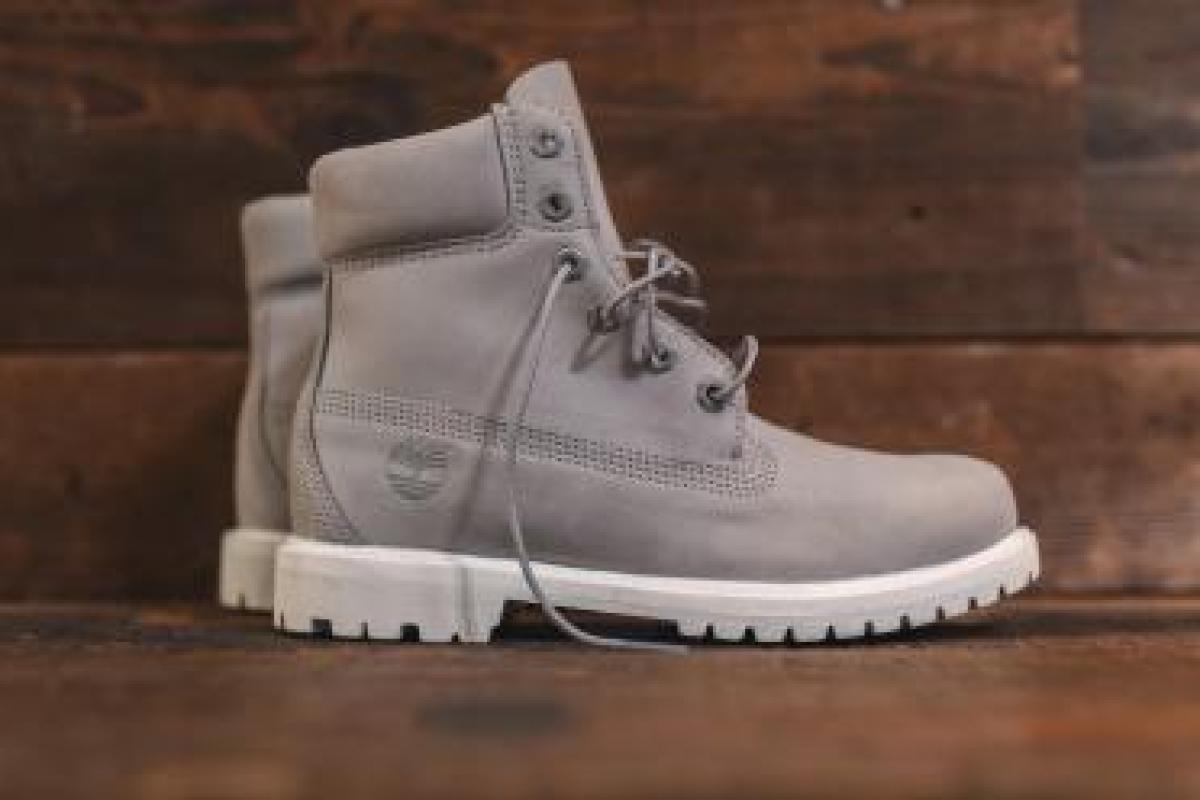I came across an interesting article in The Washington Post about how Timberland has mined customer data to help "reboot" the brand, here. The relaunch was promoted by revenue flatlining between 2006 to 2012, with the brand suffering from "a confusing and slapdash patchwork of marketing and product strategies", according the article. The brand was something of a hip-hop icon in the US, a comfort brand in Asia and more fashionable it Italy. Following the re-launch, the brand is growing again, with revenue +10% in 2015 (exc. foreign currency effects) to almost $2billion, helped by a more consistent marketing approach across the globe. Margins are also up (13% in 2014 vs. 8% 2011), reflecting a cut in promotional pricing (88% of 2014 web sales at full price, vs 36% in 2013).
Below I look at how Timberland remembered and refreshed what made the brand famous.
1. Strong from the core
Timberland has a range that now stretches across a broad range of apparel, but the whole brand is built on the core "yellow boot" product. This core product encapsulates the qualities of ruggedness, durability and authenticity. And the brand team is clear about the role this product plays, with the website stating: "We pay tribute to the yellow boot's heritage and influence - to the icon that built a brand." Below you can see how the range of clothing is presented, with the boot still playing a starring role.
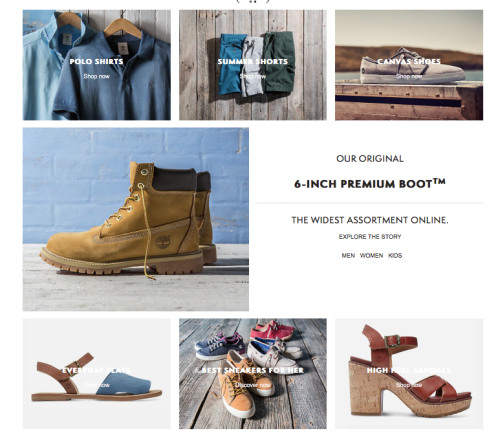
2. Play a portfolio role
For most of its history, Timberland had positioned itself as an rugged outdoor brand that could cope with extreme conditions, a brand "for the kind of guy who hikes in the woods for days with nothing but his backpack and his scouting skills" (see examples of communication below).
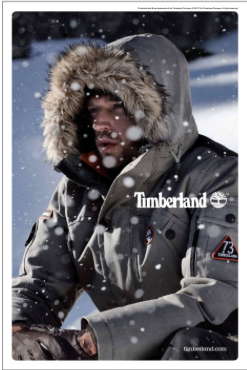
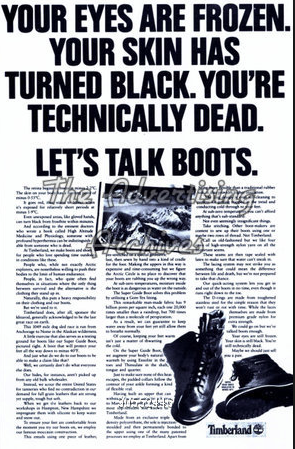
However, this positioning had to be re-visited following the brand's acquisition by VF Corp, in 2011. The brand became part of a portfolio that included hard-core outdoor specialist brands including North Face, Patagonia and Columbia. For these brands, outdoor performance was not just a "reason to believe", like Timberland, it was the "reason to be". Timberland needed to play a distinctive role in the portfolio role to maximise total company growth.
3. Searching for truth: cultural and human
Timberland was clearly in need of revitalisation. “The brand had become stale in many ways," stated Timberland’s president Stewart Whitney in the article. To refresh the brand the team searched for truths at two levels.
Human truth- A two-year customer of 18,000 people across eight countries helped Timberland identify a human truth about the ideal Timberland customer. This was "an urban dweller with a casual interest in the outdoors." As vice president of global marketing Jim Davey explained, “They care about the outdoors, but also about style and look(ing) right for the occasion.”
Cultural truth- This human truth tied in with a broader cultural truth about "the emerging popularity in cities of offerings such as bike-sharing programs and farm-to-table restaurants," This was further evidence of "City dwellers (who) crave an urban life that remains connected to the outdoors." As Joe Jackman, a retail strategy consultant, commented: “They’ve woven themselves right into this current zeitgeist.”
4. Refresh what made you famous
To respond to the cultural and human truths Timberland refreshed its brand positioning. This was about being "connected to the outdoors, but in a more casual, everyday way,” as Jim Davey said. Style is not at the forefront, with performance and sustainability a reason to believe in the brand, not the reason to exist (see below). This meant refining the product range:
- More focus on style, less on performance, as Timberland’s global product VP Lisa Remarks observed: "Maybe we shouldn’t be doing highly technical ripstop nylon in apparel and really super-technical hikers in footwear.”
- Colours palette: incorporating of the colour black, popular in urban wardrobes
- All-seasons: designing more pieces to wear outside of winter, the season traditionally linked to Timberland
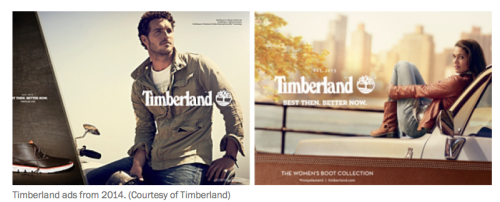
5. Fresh consistency
In the fashion business the natural tendency is to rapidly change your product offer to keep up with trends. However, Timberland's wholesale customers, such as department stores, told the company they were actually changing the brand's range too often. “We wanted to reinvent ourselves every season,” vice president for North America Diane Woods said. “We were keeping retailers moving too fast for what was profitable and good for them.” With a better balance between freshness and consistency, Timberland now sticks with collections for three to six seasons, boosting the bottom line for itself and for customers.
In conclusion, the rebooting of Timberland is a great example of tapping into truths about culture, life and brands to revitalise a brand and get it growing again.
